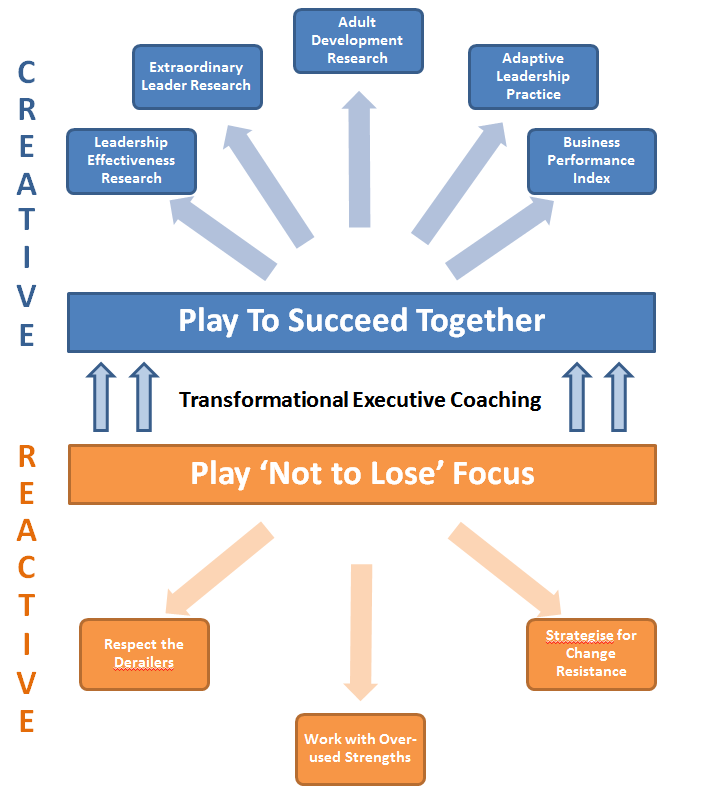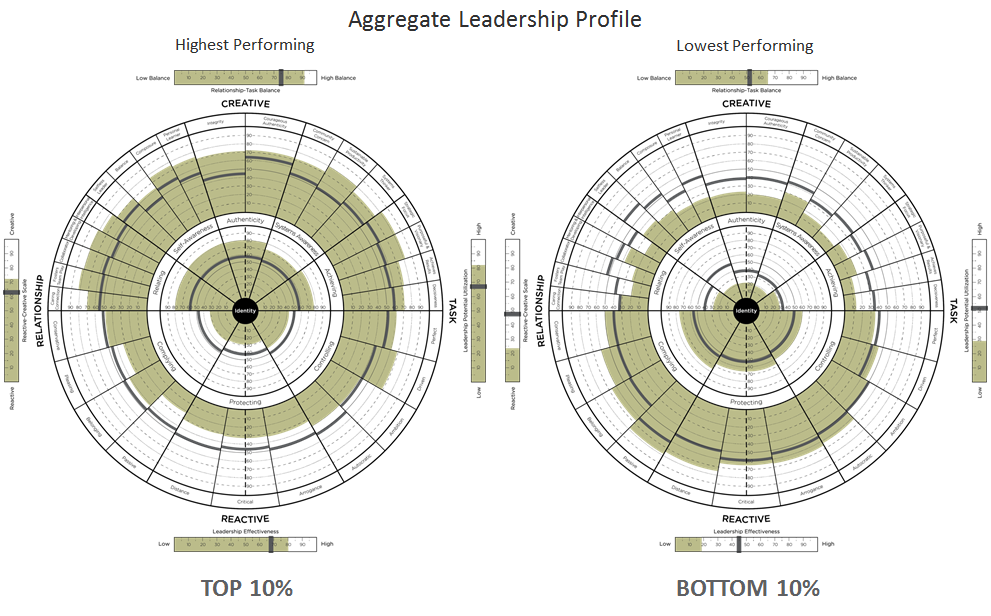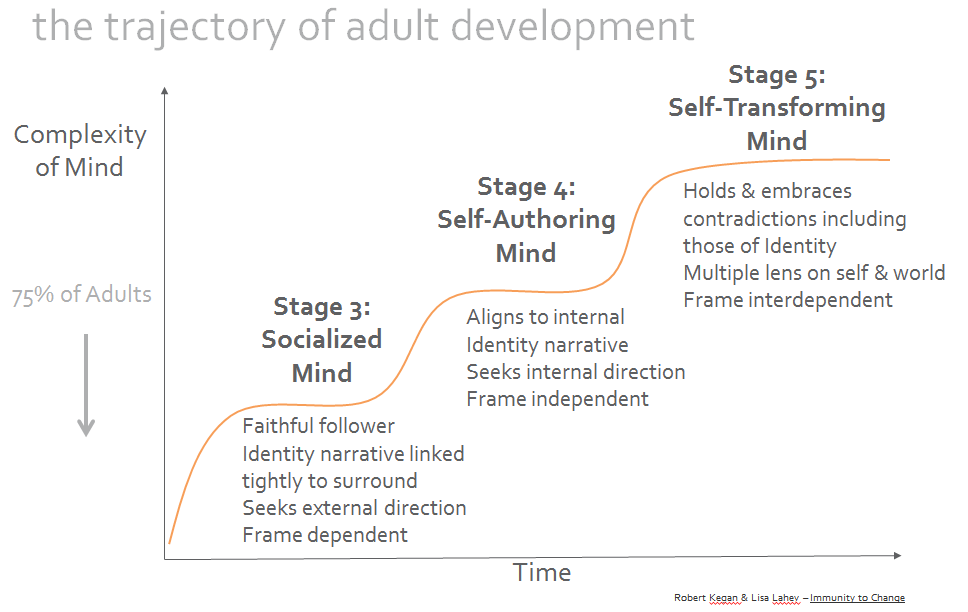Heifitz, Linsky and Grashow – Adaptive Leadership, Harvard Kennedy School for Government.
When change requires you to challenge people’s familiar reality, it can be difficult, dangerous work. Whatever the context, whether in the private or the public sector, many will feel threatened as you push though major changes. But as a leader, you need to find a way to make it work. Ron Heifetz first defined this problem with his distinctive theory of adaptive leadership in Leadership Without Easy Answers.
In a second book, “Leadership on the Line”, Heifetz and coauthor arty Linsky highlighted the individual and organizational dangers of leading through deep change in business, politics, and community life. Now, Heifetz, Linsky, and coauthor Alexander Grashow are taking the next step. “The Practice of Adaptive Leadership” is a hands-on, practical guide containing stories, tools, diagrams, cases, and worksheets to help you develop your skills as an adaptive leader, able to take people outside their comfort zones and assess and address the toughest challenges. The authors have decades of experience helping people and organisations create cultures of adaptive leadership. In today’s rapidly changing world, “The Practice of Adaptive Leadership” can be your handbook to meeting the demands of leadership in a complex world.
Corporate Alchemy’s commitment to clients:
“Leaders begin to share power. It is no longer seen as ‘letting go’ of control, but of gaining power by sharing it.”
“Integral Mind is built for complexity. It is a level of mind and leadership that can lead through the redundant polarities and problems that make up complex challenges. Integral Mind can hold opposites in tension without reacting to resolve the quickly (superficially).”
Vertical development in adults is much rarer. It refers to how we learn to see the world through new eyes, how we change our interpretations of experience and how we transform our views of reality. It describes increases in what we are aware of, or what we can pay attention to, and therefore what we can influence and integrate.





